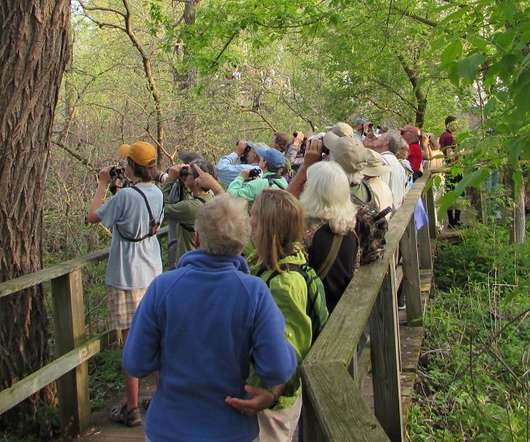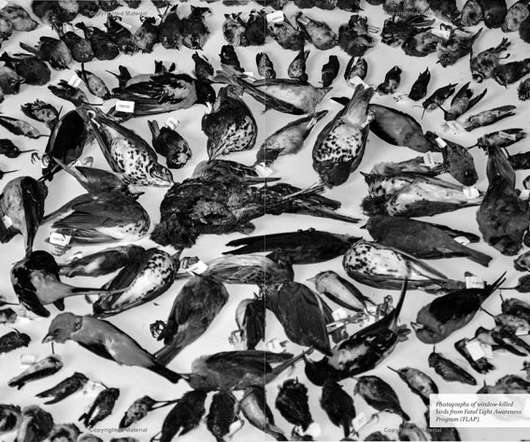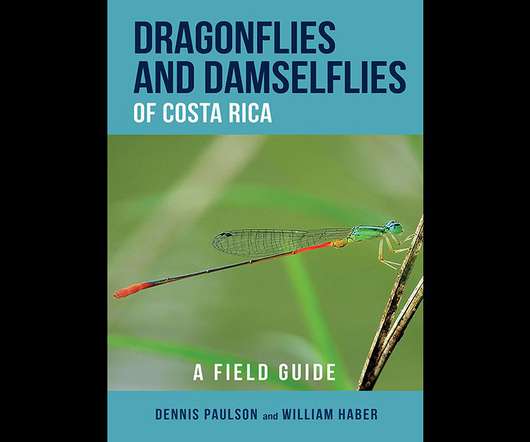A Survey of U.S. Birders
10,000 Birds
APRIL 13, 2021
In 2012 , the NFC revised some of its goals and set forth a new vision of waterfowl management that emphasized a core of hunter and conservationist supporters. The survey was a join effort with the University of Minnesota. Citation: Patton, Stephanie. National Survey of Birdwatchers: Nationwide and Flyway Comparisons. Paul, MN 55108.












Let's personalize your content